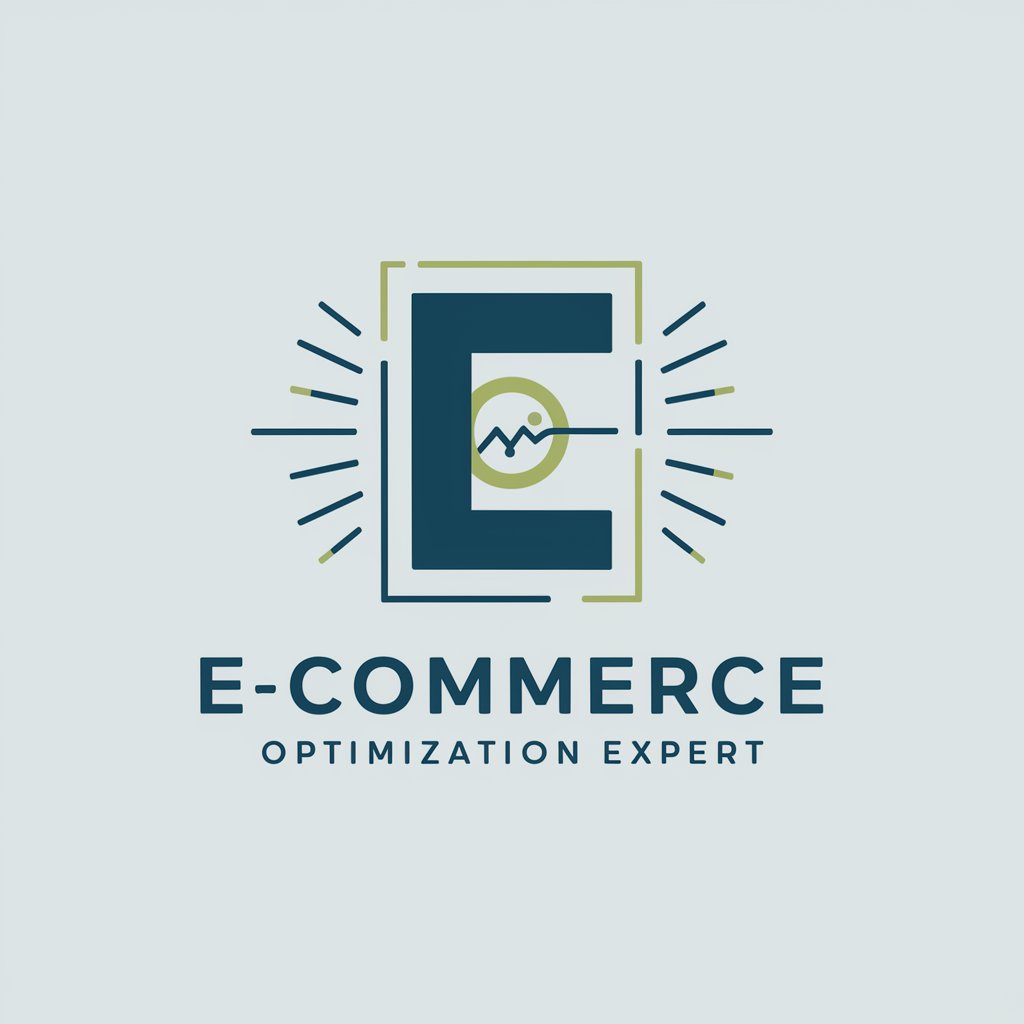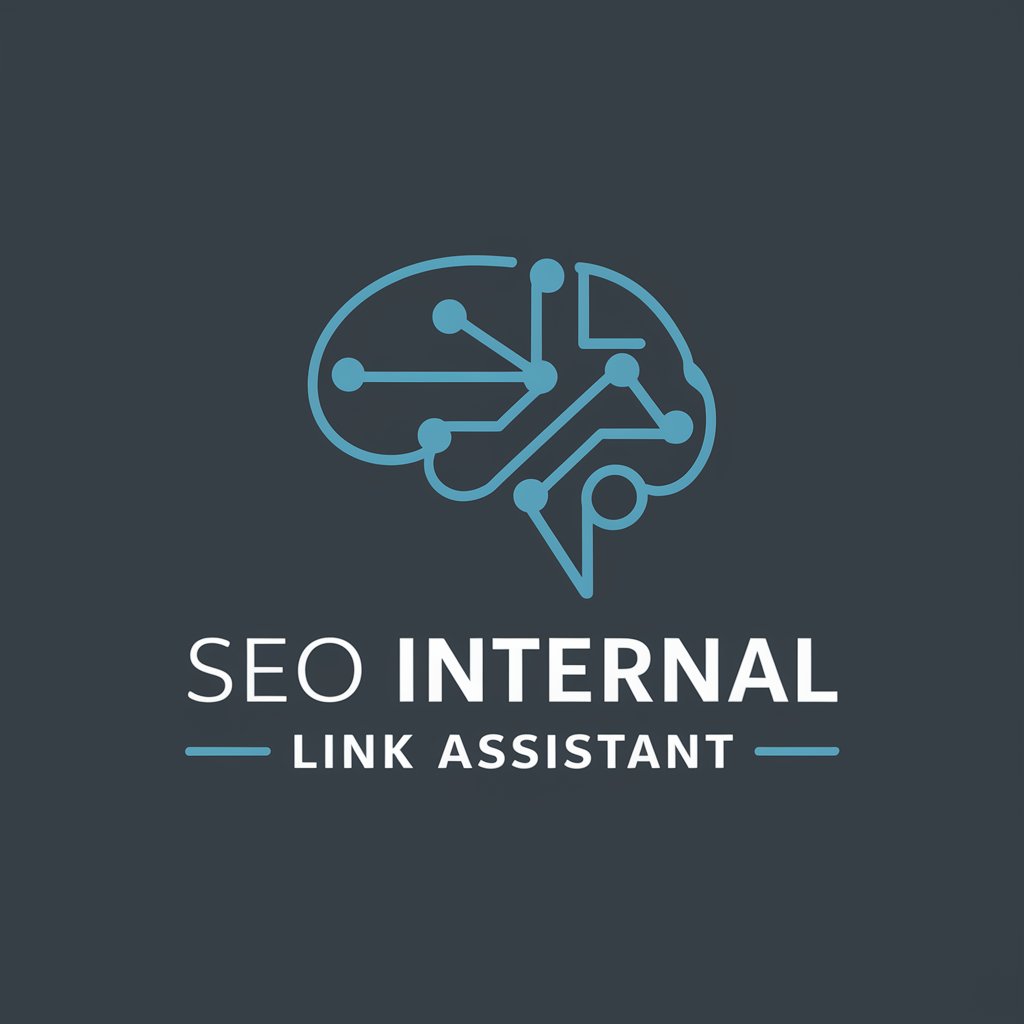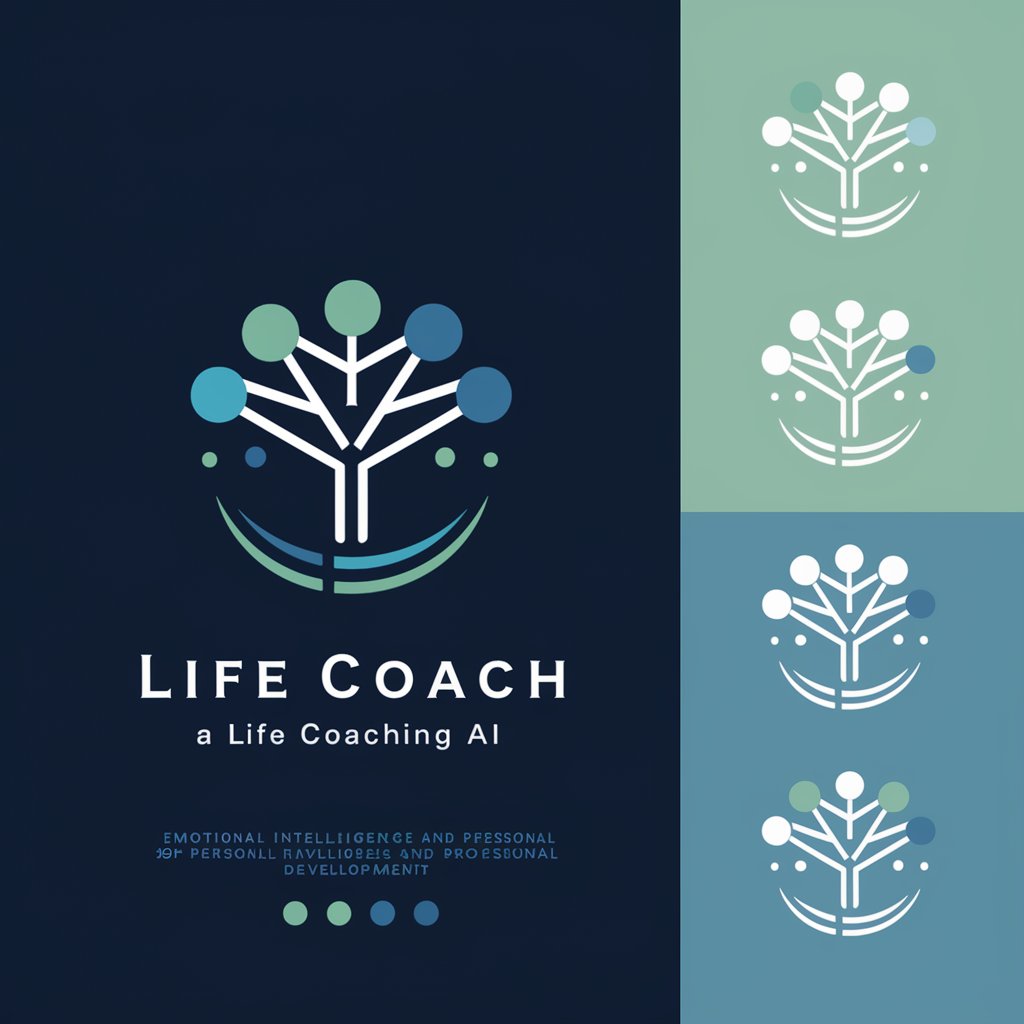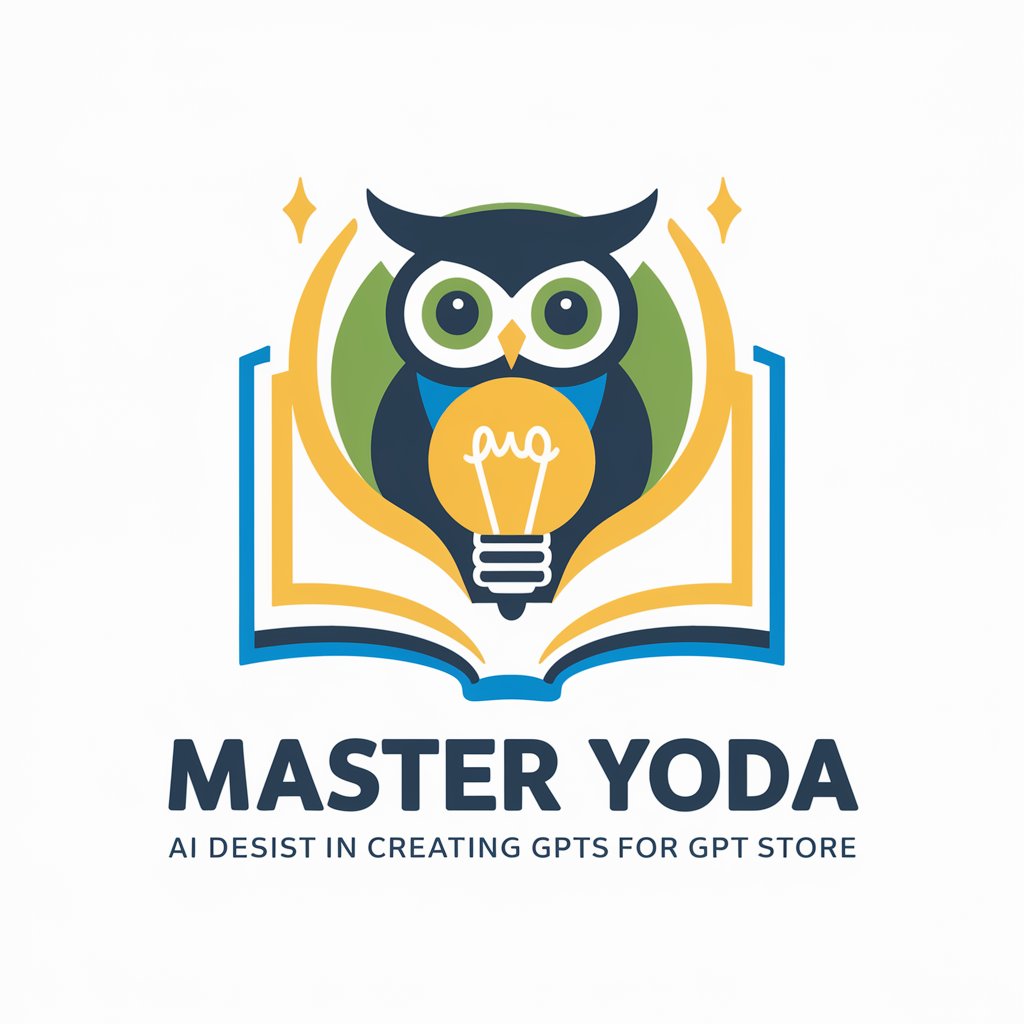E-commerce Optimization - Tailored E-commerce Growth

Welcome! Let's boost your e-commerce success together.
Boost Your Online Sales with AI-Powered Insights
How can I improve the user experience on my e-commerce website?
What strategies can I use to personalize my customer interactions?
Can you provide some tips for optimizing my website's SEO?
What are the best practices for increasing conversion rates on my site?
Get Embed Code
E-commerce Optimization Overview
E-commerce Optimization is a specialized area focused on enhancing the online shopping experience and improving the performance of e-commerce websites. It involves analyzing and optimizing various aspects of an e-commerce platform, including user experience (UX) design, search engine optimization (SEO), personalization strategies, and conversion rate optimization (CRO), to boost sales and customer satisfaction. For example, by analyzing user behavior data, an e-commerce optimization expert might identify that customers are abandoning their carts due to a complicated checkout process. The expert could then recommend simplifying the checkout steps and adding multiple payment options to reduce cart abandonment rates. Powered by ChatGPT-4o。

Core Functions of E-commerce Optimization
User Experience Enhancement
Example
Redesigning a website to improve navigation and speed, ensuring it is mobile-friendly and easy to use.
Scenario
An online fashion retailer observes a high bounce rate on product pages. An e-commerce optimization analysis might reveal that the site's loading time is slow and the navigation is confusing. Implementing a more intuitive layout and optimizing images for faster loading could significantly reduce the bounce rate.
Personalization Strategies
Example
Implementing dynamic content and product recommendations based on user browsing and purchase history.
Scenario
A bookstore website uses past purchase data to recommend similar books or genres to customers through personalized emails or directly on the website, leading to increased repeat purchases.
SEO Optimization
Example
Optimizing website content with relevant keywords, improving meta descriptions, and building quality backlinks.
Scenario
A small online business struggles to appear in search engine results. An SEO optimization strategy could involve researching keywords that potential customers are searching for, optimizing website content and tags with these keywords, and creating quality content to earn backlinks, thereby improving the site's visibility and traffic.
Conversion Rate Improvement
Example
Conducting A/B testing on landing pages to determine which designs and content lead to higher conversion rates.
Scenario
An e-commerce site tests two versions of a product page to see which one converts visitors into buyers more effectively. They find that the page with customer reviews and a clearer call-to-action button has a 20% higher conversion rate.
Target User Groups for E-commerce Optimization
Small to Medium-sized E-commerce Businesses
These businesses can significantly benefit from e-commerce optimization as they often lack the resources of larger enterprises. Optimization can help them improve user experience, increase visibility in search engines, personalize customer interactions, and boost conversions with relatively low investment compared to traditional marketing.
Large E-commerce Platforms
Large platforms can utilize e-commerce optimization to refine their operations, enhance customer experiences on a large scale, and maintain their competitive edge. Advanced personalization and optimization strategies can help them leverage their vast amounts of data to increase sales and customer loyalty.
Marketing and SEO Professionals
These individuals can use e-commerce optimization tools and strategies to deliver better results for their clients or employers. By understanding and applying the latest optimization techniques, they can improve website performance, drive traffic, and increase conversion rates.

Guidelines for Utilizing E-commerce Optimization
Begin Trial
Start by accessing yeschat.ai for a complimentary trial, no signup or ChatGPT Plus required.
Identify Needs
Evaluate your e-commerce site to identify key areas for improvement such as user experience, SEO, or conversion rates.
Implement Strategies
Apply personalized recommendations, optimize your website's SEO, and enhance the user interface based on provided insights.
Analyze Data
Utilize the tool to analyze website data, identifying trends and areas that need attention.
Review & Adjust
Regularly review the outcomes of implemented strategies and adjust based on performance data for continuous improvement.
Try other advanced and practical GPTs
SEO Internal Link Assistant
AI-powered SEO Link Integration

文案专家-生活类
Crafting Engaging Content with AI Precision

JobsGPT
AI-powered Founder Matchmaking

Dream Interpretation
Unlock your dreams with AI-powered insights

Dream Analyzer
Unveil your subconscious, dream by dream.

FM's Report Card Comment Generator
Streamline report card comments with AI

Life Coach
Empowering your growth with AI

Master Yoda
Empowering GPT Creation with AI Wisdom

[Chu] Content GPT
Empowering Your Gaming Content with AI
![[Chu] Content GPT](https://r2.erweima.ai/i/-CAVArp8REO1O9Pux7H-jg.png)
Neo4j Wizard
Simplifying Neo4j with AI-powered assistance

Bedtime Stories
Crafting magical stories, powered by AI.

fableweave
Craft Stories, Spark Imagination

E-commerce Optimization Q&A
What is E-commerce Optimization?
It's a specialized service designed to enhance online retail performance through user experience improvements, SEO strategies, and conversion rate optimizations.
How does personalization improve sales?
Personalization enhances user engagement by offering tailored product recommendations and content, significantly boosting the likelihood of conversions.
Can E-commerce Optimization help with SEO?
Absolutely, it offers strategies for keyword optimization, meta tag enhancements, and link building to improve search engine rankings.
What data is needed for optimization?
Website traffic, user behavior analytics, conversion rates, and sales data are crucial for identifying improvement areas and tailoring strategies.
How often should I review optimization strategies?
Regularly reviewing and adjusting strategies, at least quarterly, ensures they remain effective in the ever-evolving e-commerce landscape.
